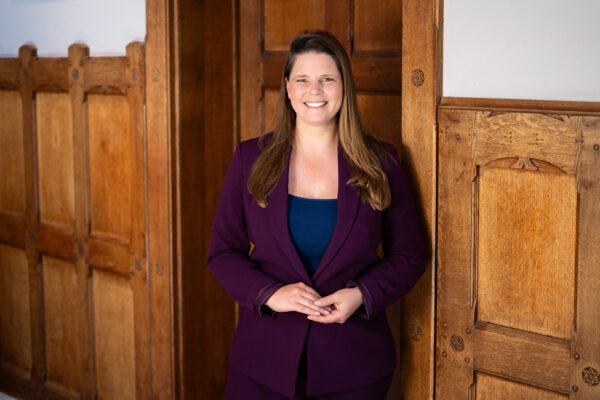13 November 2025
The business in the event of divorce in a (limited) community of property: how do reimbursement rights work?
In divorce proceedings, it often happens that one or both spouses own a business. This blog explains how businesses are treated when there is a (limited) community of property and whether reimbursement rights may arise.
Read more

